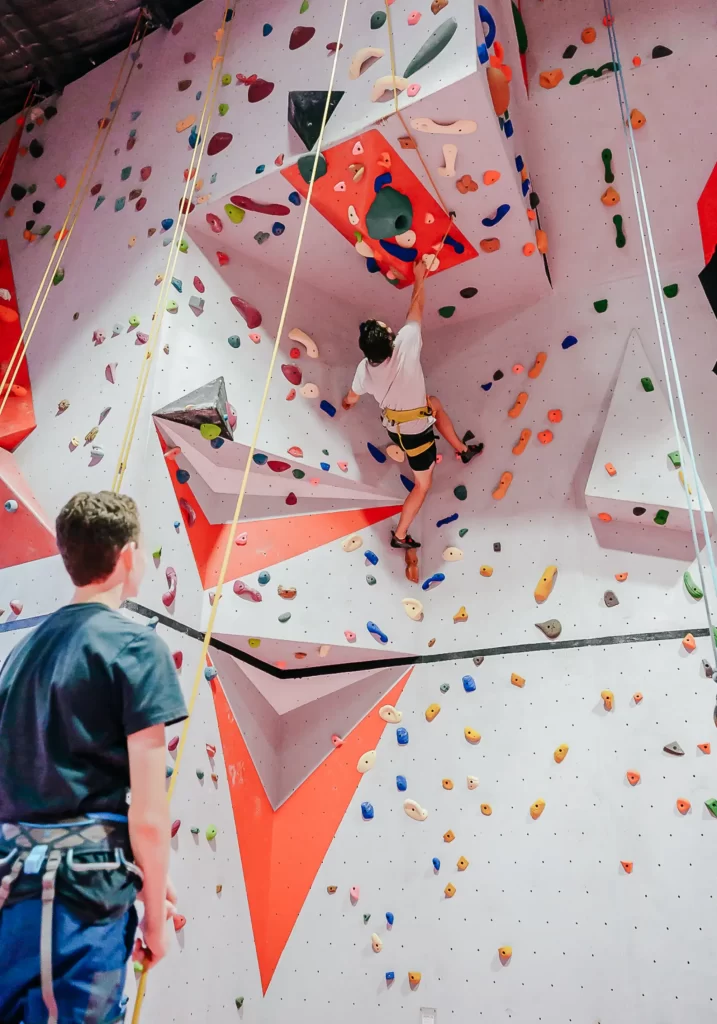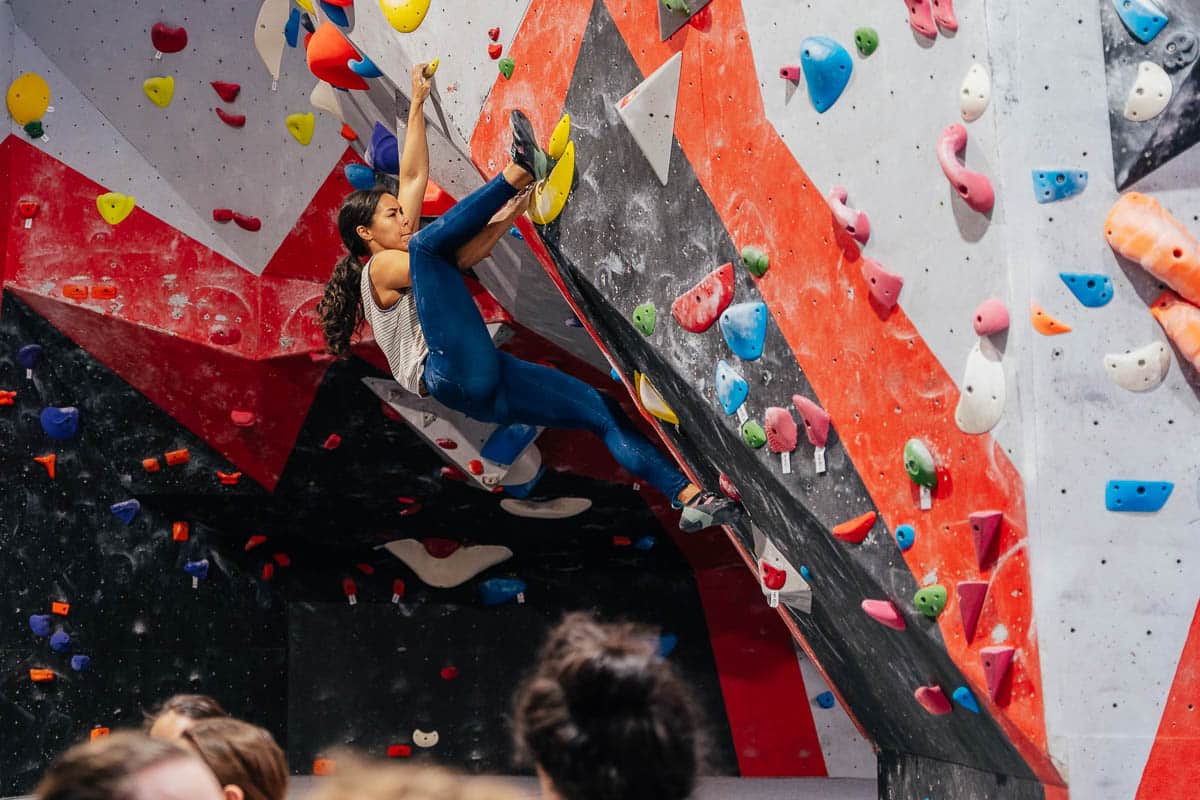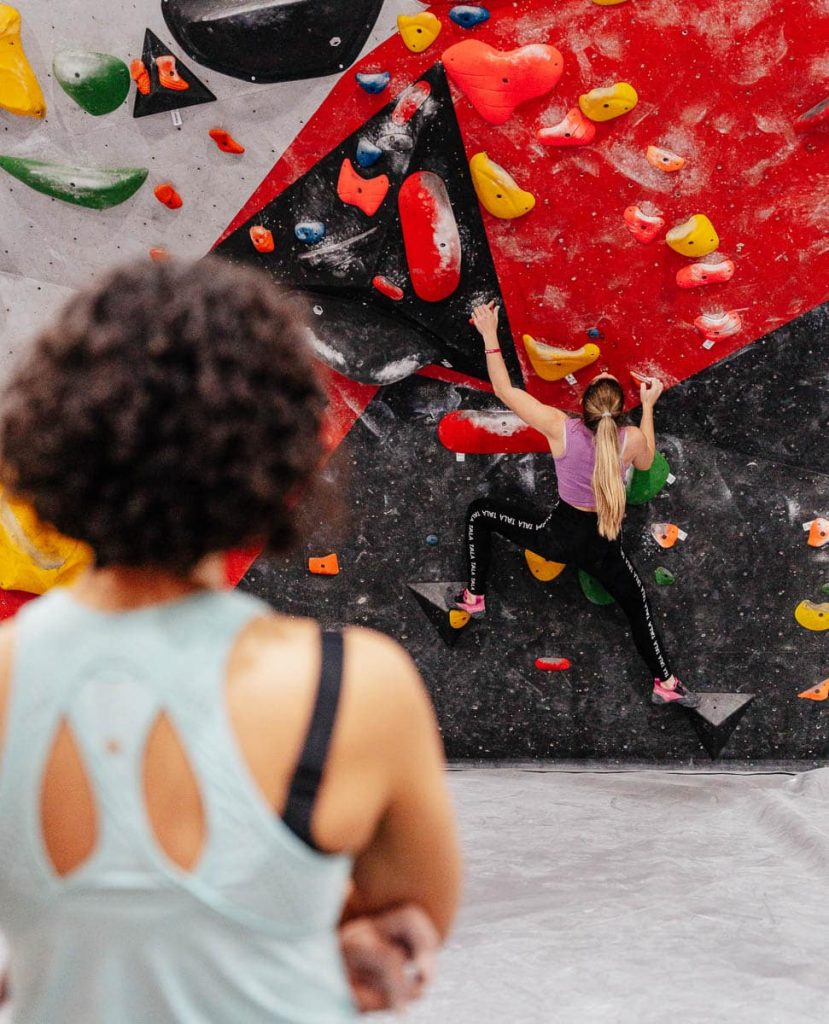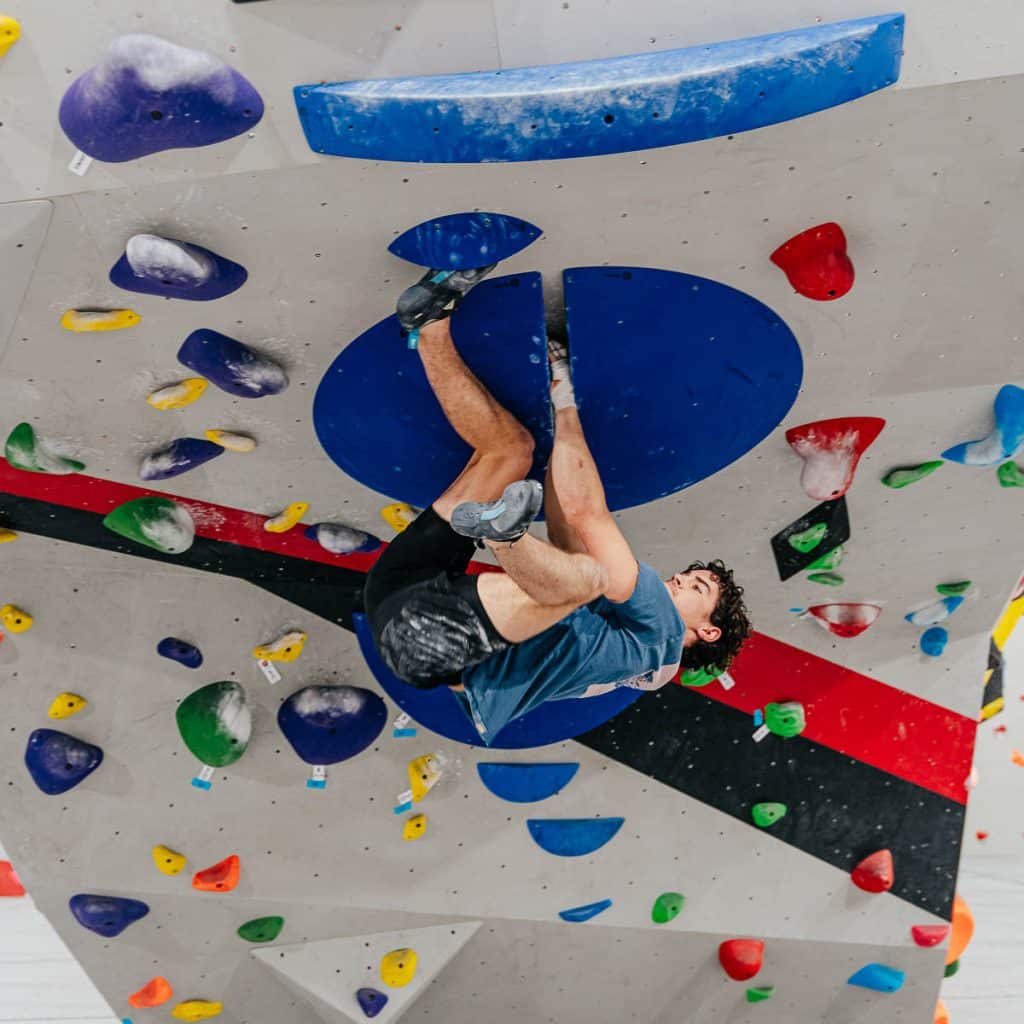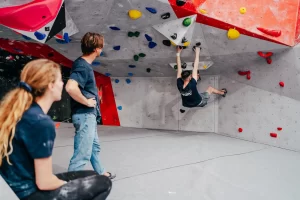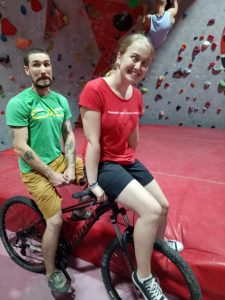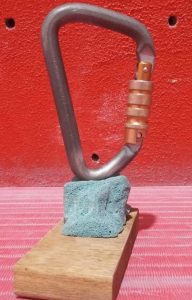Focusing
Focusing
Climbing is so addictive, partly due to the fact that you see continual progression, at least in the first few years. However, there comes a time where you seem to plateau and level out for some reason. There are many reasons for this and believe it not there are also techniques to help you through this frustrating phase. During this time you should have a think about what you can do to improve your climbing and get you over this hurdle. Purely climbing may not be the answer anymore as it once was. I have often found myself at this phase numerous times throughout my 12 years in the sport.
It sounds silly and oh so simple, but what are you focusing on just before you are falling off your project (gym or rock)? Are you simply looking at it saying “come on”, wishing, and hoping everything goes right this time? OR have you sat down and analysed what the move or sequence requires and looked at where you are going wrong?
I remember being in a biomechanics lecture one day when my lecturer said, “climbers have the best body awareness than any other sport”. He may be bias as he was a climber, though it makes sense. In this and many other classes we would be looking at particular muscle groups on different people. Often we were asked to simply isolate a particular muscle group, and either contract or relax to look at the structure of that particular muscle. At times this can be quite hard. You can try it now. There you are reading this on the couch or chair, try to flex one (left or right) of your Gluts (your butt). However don’t allow yourself to contract you hamstrings or calf muscles. If you can do that, try to flex the muscles in your back on one side so your scapula is pulled back and down. If injured, you will likely be asked to do this sort of stuff if you go to a Physio or Osteopath (or the like).
Anyway, the skill of being able to isolate a particular muscle groups can very much help you out in climbing. I have used this method countless times on both rock and the gym. Let’s say you have been working on something which you can’t quite do. This method works best if it is purely just a simple move or two. Sit back, have a think about why you are falling, are you losing tension in your core, are you not high enough, where are your hips? maybe you aren’t into the wall enough. Think about the way your body is falling. Does it peel away from the wall a particular way suggesting there may be a weak point where you have just let go or failed to contact. NOW once you have looked what the move(s) requires and why you keep falling, you can start to identify particular muscle groups to focus on.
Here is an easy example. A route at Nowra called Evil E 27. The top crux is a massive lock off with the right arm. For this move, you only have a left heal on. For some people the move is not too bad as they have a good reach, but do they have good locking ability? (it’s all relevant). Now, I remember getting to this move and thinking F*#K ME, really! However, to complete the move I broke it up into steps. The first hurdle is setting up the move, getting my right hand in the correct position on the hold, the second is to do the same with my left heal, make sure it’s in the perfect spot to take a lot of my weight. For a visual, here is a picture ofthe move (cover of the old Nowra guide).
Now to complete the move successfully I focused on two things and two things only. First pulling with my heal (hamstrings group) so it is taking as much weight as possible, rocking right over it. By keeping my right leg relaxed, it keeps my hips open to the wall which means I am closer to it giving more height. The second thing I concentrated on was my right shoulder at first to suck me into the wall, but then more the same muscle group I was talking about before which pulled your scapula back and down. Only this time you keep pulling to give you as much height as possible.
I personally find there is no point focusing on your right triceps brachii, (for this particular move and many others) as it is no way near as strong as the rest of your back or shoulder muscles (latissimus dorsi, Rhomboids and rotator cuff muscles for example).
You will be surprised at the improvement you can see once you have the ability to isolate muscle groups. I hear you say, yeah but I got to do that after 20m of climbing, what are my chances? Pretty good actually. Climbing will wear you out and you will be fatigued but if you are generally happy cruising up to the crux it is likely you will have enough juice in the bigger muscle groups to isolate. This is another reason as to why I would not recommend simply focusing on your arms, because then, yes you may be burnt out.
Remember, this skill can take a while to acquire. Ever heard anyone saying “gymnasts and those who do Pilates make the best climbers”? This is why, they know there body and how to get it into the positions required (and they are flexible).
Hope it helps. Pete Tosen.

